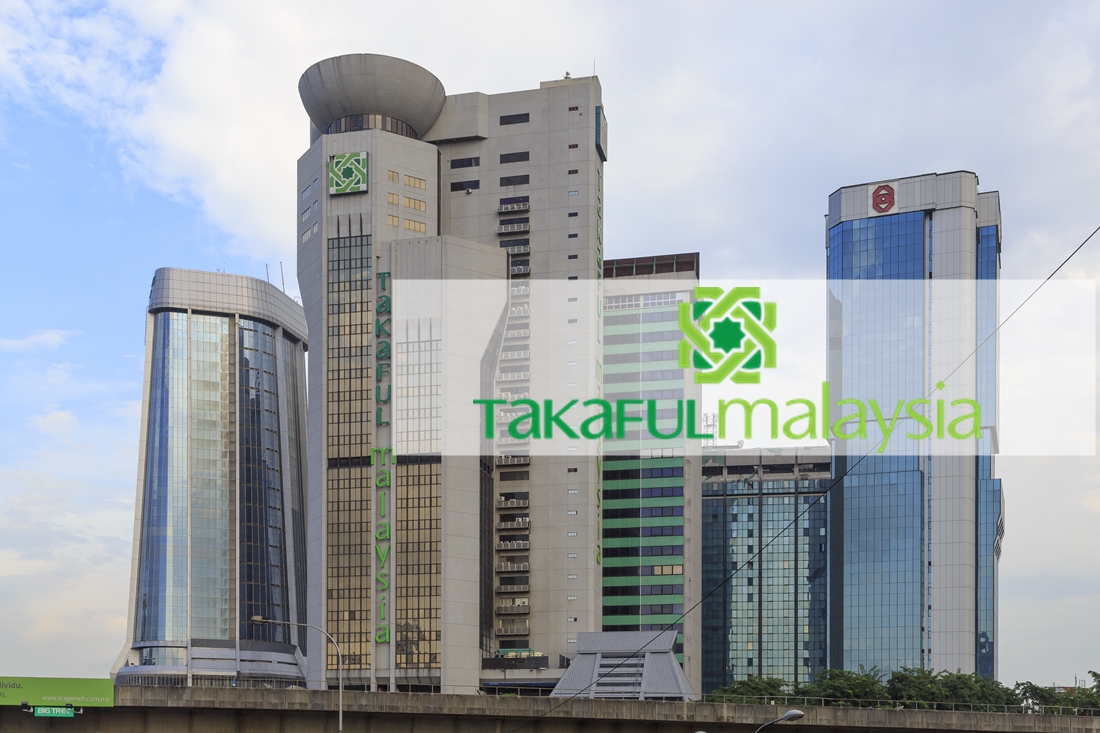
The takaful industry is poised to chalk up commendable growth and maintain its resilience despite the slower economic growth anticipated this year.
Expressing optimism on the industry, Syarikat Takaful Malaysia Keluarga Bhd group chief executive officer Nor Azman Zainal said the prospects of the takaful industry is expected to remain robust this year amid the normalisation of claims towards pre-pandemic levels.
The head of the country’s oldest takaful operator attributed this to various factors, which would enable takaful players to deliver commendable business performance and drive innovation in providing comprehensive and affordable solutions.
Among the factors are the low penetration rate, rising urbanisation, escalating medical costs, ageing population and strong demand in the Islamic banking and finance sector.
According to the Malaysian Takaful Association, the life or family takaful achieved a penetration rate of 20.1% in 2022 compared with 18.6% in the previous year based on the number of certificates enforced against the total population.
The industry’s growth was driven by the increasing demand for Islamic finance products and acceptance of takaful products as the preferred protection schemes.
The number of certificates in force for 2022 has increased to 6.63 million compared with 6.07 million in 2021.
The family takaful market has also shown strong resilience with annual takaful contributions of new businesses maintained above the RM2bil mark at RM2.19bil, albeit a slight decrease of 1.9% compared with RM2.23bil in 2021.
Overall, the family takaful new business industry registered RM10.06bil in gross contributions, up 18.3% from RM8.5bil in 2021.
Gross contribution of total business in force was RM8.34bil in 2022 compared with RM7.42bil in 2021.
RAM Rating Services Bhd is projecting year-on-year (y-o-y) expansion of 8% for the family takaful sector contribution in 2023 compared with 3% in 2022 and 18% in 2021.
On the other hand, the non-life sector (general insurance and general takaful) saw a stellar 12% growth in 2022 versus 3.8% in 2021 supported by record-high car sales and improved economic conditions.
All segments saw growth last year, with the motor class being the strongest contributor (up 12% y-o-y).
Bank Negara, in its Financial Sector Blueprint, targets a 4.8% to 5% insurance and takaful penetration rate by 2026.
RAM estimated the current rate at 4.6%.
Nor Azman also expects the takaful industry to grow faster than conventional insurance due to the growing demand for Islamic insurance products, contributing to the significant difference in the growth rate.
“The family and general takaful segments are projected to register a modest growth of between mid-single digit or low double-digit in 2023.
“The evolving operating landscape with ongoing structural reforms, mergers and acquisitions of recent years, and the increasing pace of digitalisation as well as modernisation have pushed takaful operators and insurers to strengthen their foothold to stay competitive in the takaful and insurance industry,” Nor Azman told StarBiz.
He said the recent digital insurance and takaful operator licences announced by Bank Negara are expected to attract new digital players with innovative solutions to tackle protection gaps.
“This would drive new types of business and operating models to meet the diverse consumer needs through wider product choices and more efficient service quality,” he added.
Meanwhile, digitalisation is essential as it enables the distribution of takaful products to a broader population and innovative solutions to penetrate new segments.
For the family takaful business, he said the mortgage takaful business could witness a slowdown due to more cautious property-buying decisions among customers given the market uncertainty.
However, Nor Azman expects greater takaful business opportunities in personal financing as banks are targeting personal financing business to address the short-term needs of their customers.
“For general takaful business, with the ongoing liberalisation of the motor and fire market, we foresee market competition to be intense, putting downward pressure on the contribution rate and widening coverage offered.
“In addition, the rigidity within the retakaful and reinsurance market, coupled with constrained capacity, would impose heightened stress on the general takaful industry,” Nor Azman said.
Meanwhile, Takaful Malaysia planned to expand its market share as it seeks to deepen its penetration into the highly competitive takaful business.
Nor Azman said the company is optimistic about expanding its market share and achieving sustainable top and bottom line growth amid the market volatilities.
“We will leverage the healthy growth of our bank partners in sustaining our market leadership in the bancatakaful business portfolio, developing advisory family takaful business, and further penetrating the retail consumer market.
“Takaful Malaysia expects its bancatakaful, treasury, employee benefits and general takaful businesses to continue to perform and generate business growth this year,” he added.
He said it would focus on retail market expansion to diversify its business portfolio and ensure future sustainable business to complement its existing core businesses.
At the same time, Takaful Malaysia saw potential in driving new demand for its products and services.
Nor Azman said the insurer would continue to focus on its strategic bancatakaful partnerships with leading Islamic financial institutions.
For the first six months ended June 30, the company posted a commendable net profit of RM185.5mil compared with RM142.8mil achieved a year ago.
It achieved higher earnings per share of 22.15 sen during the period compared with with 17.08 sen previously.
Takaful revenue rose to RM1.3bil in the first half of the year from RM1.1bil in the corresponding period last year.
According to Nor Azman, the company’s general takaful arm will continue to be an imperative growth area amid greater demand for online motor takaful business.
“We will strengthen our corporate agency force by retaining and recruiting high-potential corporate agents, building our online motor customer base, and penetrating other segments to grow the general takaful business.
“Takaful Malaysia will also balance its underwriting margins and business growth to increase market share, achieve strong brand loyalty, retain existing customers, and attract new ones,” he added.
Kenanga Research, in its latest note on the company, said Takaful Malaysia is expected to face cost pressures in the form of higher retakaful costs in the second half of the year.
While maintaining its “outperform” call on the takaful operator, the research house said higher retakaful costs would continue to be a bane for the company.
“On takaful service expenses, it is noted that claims only saw an increase of 15% (with claims-to-revenue at 58.4%, a dip of five percentage points). The group attributed higher retakaful costs as the cause of the surge.
“It is noted that more frequent floods have led to the reassessment of reinsurance premiums, which we reckon may only be upside-biased going forward. No thanks to this, the takaful service result ended 8% lower,” the research house said based on its recent briefing with the company. From the family takaful end, credit-related products remained the lion’s share, accounting for around 80% of its portfolio.
The company is backed by strong bancatakaful contributions with new partners in Agrobank and Bank Muamalat Malaysia Bhd.
“On the flipside, we gather that general takaful mostly gained from a growing motor exposure.
“On fire-class products, the group has been able to tide the ongoing fire detariffication by repackaging its residential products without compromising on its premiums,” said Kenanga Research.


